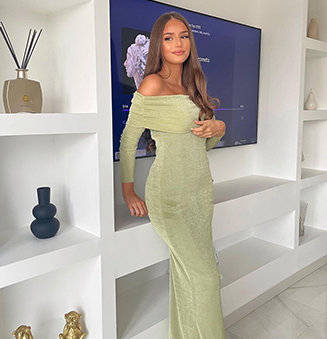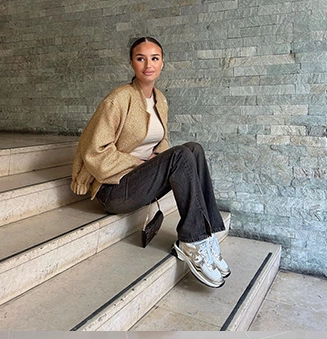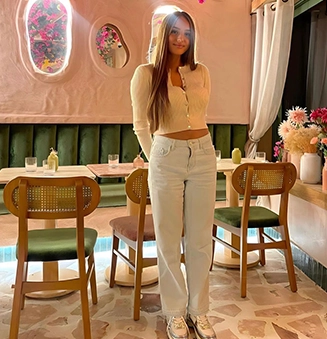
In the ever-evolving world of fashion, a revolutionary movement is taking center stage – one that not only champions style, but also champions environmental sustainability. Sustainable chic isn’t just a trend; It is a conscientious approach to fashion that takes into account the environmental impact of clothing production and consumption. In this blog we will explore the landscape of sustainable fashion and look at eco-friendly choices that not only make a statement but also contribute to a greener and more ethical industry.
The fashion industry, known for its rapid production and consumption cycles, is under scrutiny for its environmental footprint. From excessive water consumption to textile waste and chemical pollution, the urgency of sustainable fashion has never been more evident. Sustainable Chic is a call to action, asking both consumers and industry players to rethink their choices and contribute to a more sustainable future.
At the heart of sustainable chic is a commitment to ethical sourcing and fair labor practices. Sustainable fashion brands value the well-being of workers and ensure safe working conditions and fair wages. By choosing brands that follow ethical practices, consumers contribute to a fashion ecosystem that values both people and the planet and promotes a more inclusive and socially responsible industry.

An important pillar of sustainable chic is the use of environmentally friendly materials that minimize environmental impact. From organic cotton and hemp to Tencel and recycled polyester, sustainable fashion brands are embracing innovative textiles that reduce reliance on harmful chemicals and non-renewable resources. These materials not only emphasize sustainability, but also provide a luxurious and comfortable feel for conscious consumers.
The slow fashion movement is a cornerstone of sustainable chic and advocates for a move away from the throwaway culture of fast fashion. Slow fashion encourages consumers to invest in timeless, high quality pieces that will last beyond seasonal trends. By choosing longevity over fleeting trends, individuals contribute to a more sustainable approach that values craftsmanship and reduces the environmental impact of mass production.
Circular fashion represents a departure from the linear production and disposal model. Instead of throwing clothes away, sustainable brands adopt circular practices and emphasize recycling, upcycling and creating long-lasting garments that can be easily disassembled and repurposed. This closed-loop system minimizes textile waste and contributes to a more circular and sustainable fashion economy.
The use of second-hand and vintage fashion is an effective choice in sustainable chic. Opting for used garments extends the life cycle of the clothing and reduces the need for new production. Thrifting, consignment shopping and exploring vintage markets not only offer unique and timeless style, but also contribute to a circular economy in fashion by breathing new life into existing garments.

Upcycling is a creative and sustainable practice that transforms discarded materials into new and stylish pieces. Sustainable chic includes the art of upcycling, where designers reuse old clothing or fabrics to create unique and eco-friendly garments. This process not only minimizes waste, but also promotes a culture of creativity and innovation in the fashion industry.
Adopting a minimalist wardrobe is an important step towards sustainable chic. A minimalist approach is to curate a capsule wardrobe of versatile, timeless pieces that can be mixed and matched. By focusing on a curated selection of clothing items, you can reduce the number of items lpeople control their overall consumption and make conscious decisions that are consistent with sustainability goals.
Sustainable fashion values transparency in supply chains and allows consumers to make informed decisions about the products they purchase. Brands that disclose information about the origins of materials, production processes and labor practices enable consumers to align their values with their purchasing decisions, promoting a more conscious and sustainable fashion industry.
CO2-neutral initiatives are becoming increasingly important in sustainable chic. Brands are taking steps to measure and offset their carbon footprint through various projects, such as reforestation or investing in renewable energy sources. These initiatives contribute to a more balanced environmental impact by recognizing the inherent challenges of fashion production and aiming for a net zero contribution to climate change.
Sustainable chic is not just about consumer choices, but also about promoting awareness and education. Brands committed to sustainability often engage in educational initiatives to raise awareness of fashion’s environmental impact and provide information on how consumers can make eco-friendly choices. This educational aspect promotes a shared effort towards a more sustainable fashion future.





